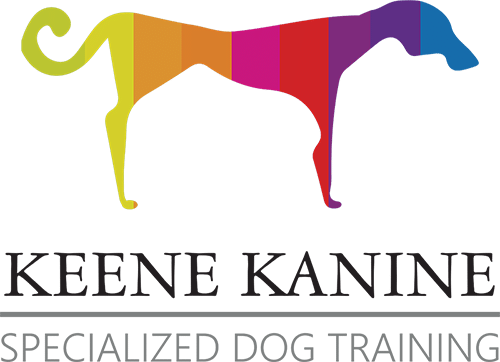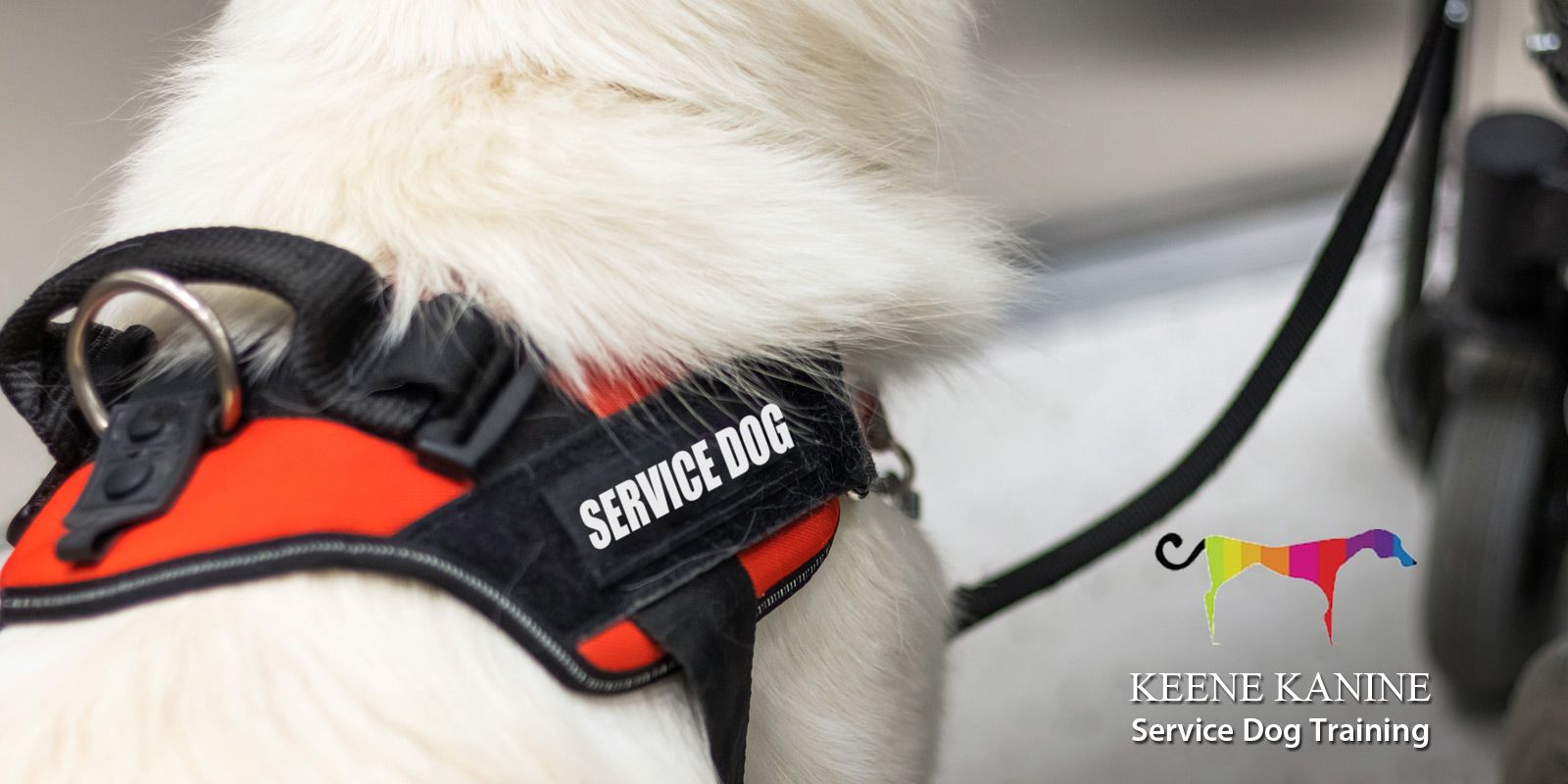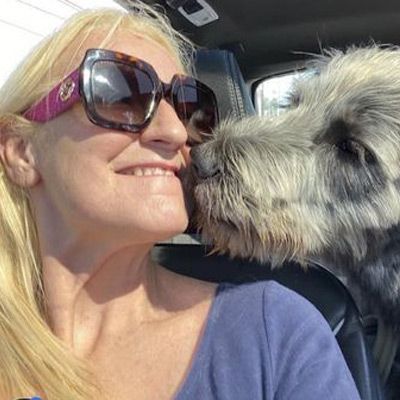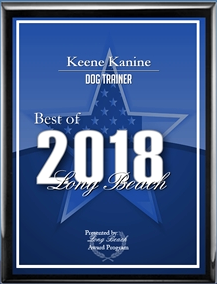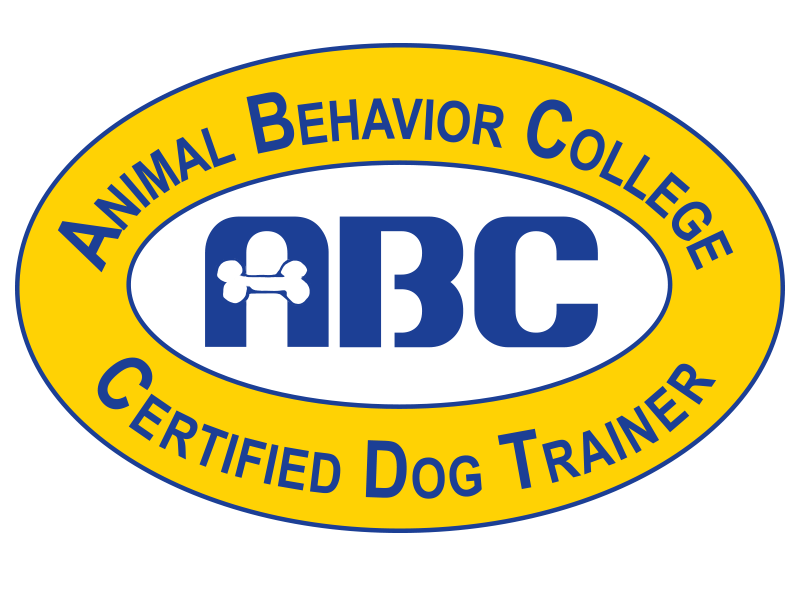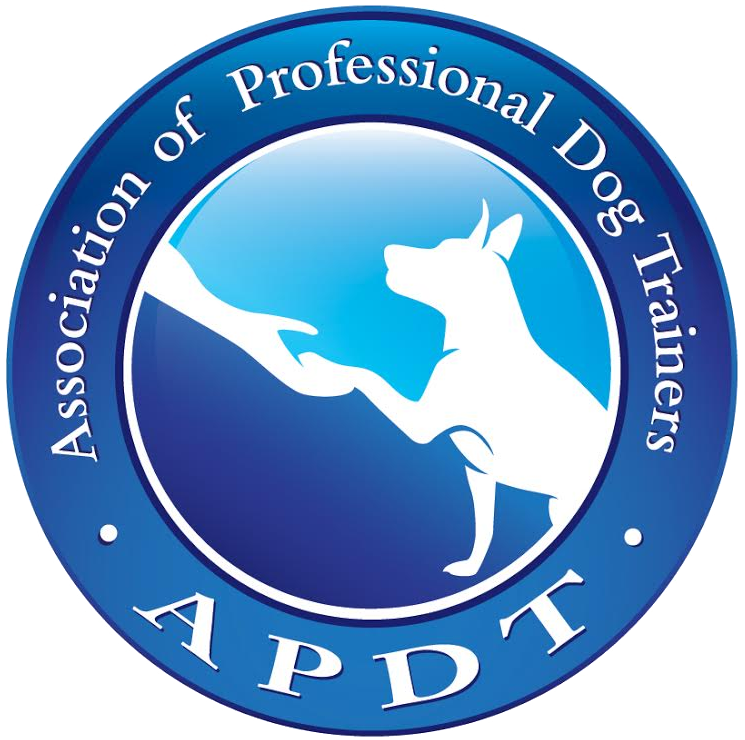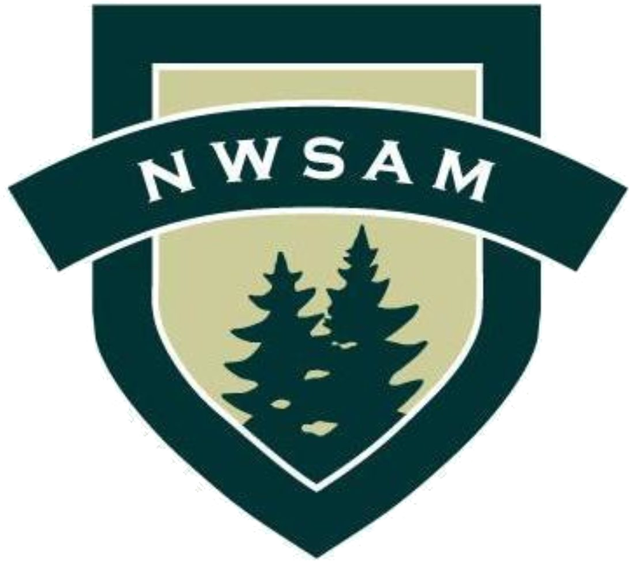Leading Service Dog Trainer in Long Beach Serving All of Nassau County, NY
A service dog is a dog that is individually trained to do work or perform tasks for a person with a disability. The task(s) performed by the dog must be directly related to the person's disability. Service dogs provide essential assistance to people with disabilities. Service dogs can perform a variety of tasks, including:
- Guiding people who are blind or have low vision
- Alerting people who are deaf or hard of hearing to important sounds
- Pulling wheelchairs
- Providing physical support and assistance with balance and stability
- Alerting people to the presence of allergens
- Retrieving items such as medicine or the telephone
- Performing tasks to assist people with psychiatric and neurological disabilities
- Service dogs are protected by the Americans with Disabilities Act (ADA). The ADA allows people with disabilities to bring their service dogs with them to all public places, including businesses, schools, and government buildings. Service dogs are also allowed to travel with their owners in airplanes, trains, and buses.
If you have a disability and if you would like your dog to travel with you and be able to accompany you wherever you go, I will be able to guide you in making your dog a legitimate service dog. We will select the appropriate jobs that your dog will do to help you, and we will teach your dog these jobs and be able to respond to your cues to perform these jobs.
I will also guide you through the public access portion of the training, which teaches your dog proper behavior in their travels with you in public. They will learn not to bark at strangers or other dogs inappropriately, learn not to potty in new places, and not to jump on people or beg and look for food in a public setting.
Serving Dog Training is Not For Every Dog
Many good dogs would not be suitable to be trained as service dogs.
For example, some dogs are very timid and become fearful and defensive in unfamiliar settings. In addition, some dogs are highly reactive around other dogs and may be hard to train in this particular field.
If the dog is a good candidate for service dog training, this is considered advanced training after basic obedience training and communication skills have already been introduced.
As we learn, communication is everything in dog training. I can guide your dog and sculpt their behavior to our purposes and desires, which is the fundamental essence of service dog training.
Communication, like many things, sounds easier here than it is. I can successfully coach you to thoroughly and permanently communicate CLEARLY with your dog. In service dog training, there are specific cues and commands that are not part of regular obedience training.
One of those is the command to STAND. A disabled person or a child may be unable to handle a dog when he is lying down, and a dog that will readily stand is beneficial in any service dog training.
Another requirement is for the dog to follow and obey the command to LEAVE IT when it comes to any random food on the ground or any random food offered to them by others in their midst. This prevents begging or luring them towards food and prevents them from being busy doing something else when they should be helping you and doing their job as a service dog.
The same command, LEAVE IT, is the one that is used when we tell a dog to take attention off of something in our midst. By bringing awareness to anything that might trigger the dog, it prevents an outburst of reactivity that might have occurred. That command is one that I definitely want to clearly have in place when I have a dog in a busy public setting.
Some of my hard-of-hearing clients have trained their dogs to respond when someone calls out their name, and this can be very helpful in any public setting where the dog is helping the person Who may not be hearing well. For example, I am currently training one of my dogs to PULL. When he's pulling me up a steep incline, I reinforce the command and communicate that he is doing exactly what I want. This dog weighs 120 pounds and is trained not to pull while being walked.
I successfully trained a service dog to attend to a seizure child, and it was a gratifying experience where all of the training was done exclusively inside the home.
Interestingly impeccable potty habits are very important for all service dogs. Most disabled people do not have the time and ability to take a dog on many different surfaces. Therefore, service dogs are usually required to learn to potty on grass, wood, and concrete to be flexible and not an imposition to the owner.
And, of course, a properly trained service dog will be taught not to potty inappropriately in an indoor airport, train station, or bus station.
A part of many service dogs' training is learning not to drink water when the owner is out. This is a convenience to the owner, thus giving them time to access the dog to get out when they get home without as much urgency.
Service dogs are trained not to interact with other dogs when they are out and about working. If they are busy meeting other dogs, they are not helping their owner or doing their jobs. Additionally, a service dog must be able to walk down the street without creating fanfare, barking, and carrying on for any reason. They are also not allowed to chase cars or birds, or leaves.
Fake service dogs and dogs that have not been appropriately trained can easily be spotted in the airport when trying to friendly up to all the other dogs. You can tell the dogs that have been properly trained not to interact in this particular setting.
Service dogs are also trained not to expect petting and attention from other people as, once again, that could pull them away from the important job they are doing for their owners.
When I am training a service dog, we take them in high-volume people settings and teach them to ignore the attention of people in our midst at all times when on the job. They are rewarded for ignoring people, and they learn that this is precisely what we want.
Another part of service dog training is desensitizing the dog to particular objects and triggers that could be antagonistic and anxiety-producing. These items and triggers include but are not limited to:
- Wheelchairs and walkers. This can be very scary to an unfamiliar dog, so introducing these types of items and being sure to command a calm demeanor in the presence of these items and triggers is essential.
- Strollers and suitcases can also be frightening to certain dogs. Therefore, exposing them to these types of items and, once again, being able to command a calm demeanor in the presence of these triggers is very important.
- Loud Noises. Exposing a service dog in training to loud noises and disruptions nearby is also essential because that is something that they will be required to deal with without reacting adversely.
Often different equipment is used to train a service dog. For example, using a Halti or a gentle leader head collar can help slow the dog down and help to lead the dog, which tends to promote calmness. A service dog also will traditionally wear a vest with its identification as a service dog. The dogs will optimally be wearing this when it is in training and working as a service dog.
Contact Maureen for a Free Service Dog Training Consultation!
Training dogs on every level is very rewarding, and service dog training is on the highest level of a rewarding experience. Dogs generally want to please, and they've been working for many years. This return to doing a job is natural for them, and they enjoy reward-based training with clear communication and the feeling of earning what they have. Likewise, service dogs love the feeling of doing their job.
Let's introduce your dog to Maureen and see just how well they get along!
Please contact Keene Kanine today!

